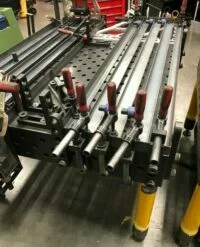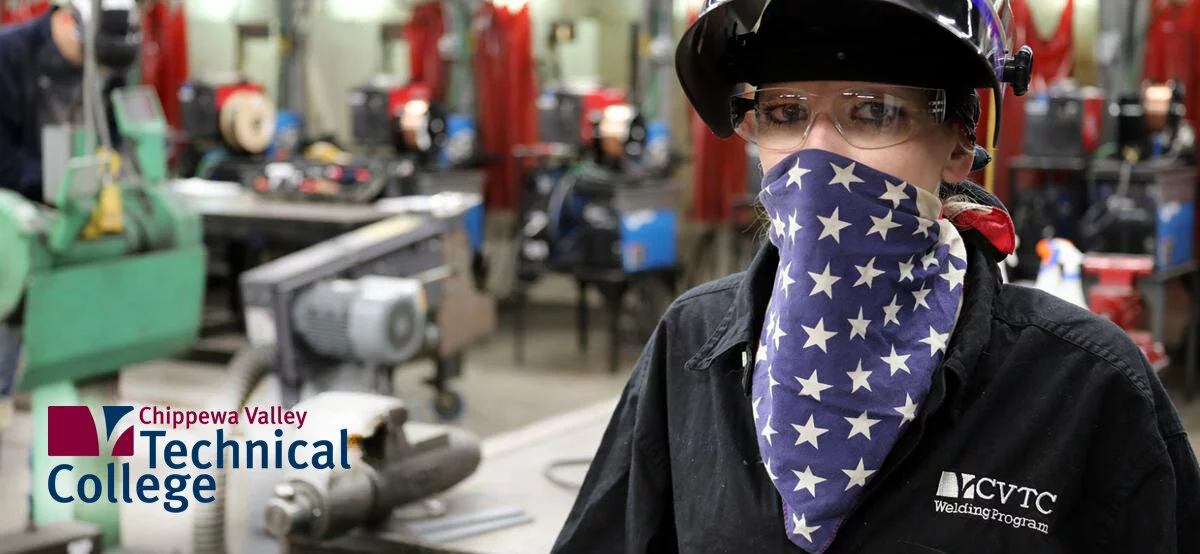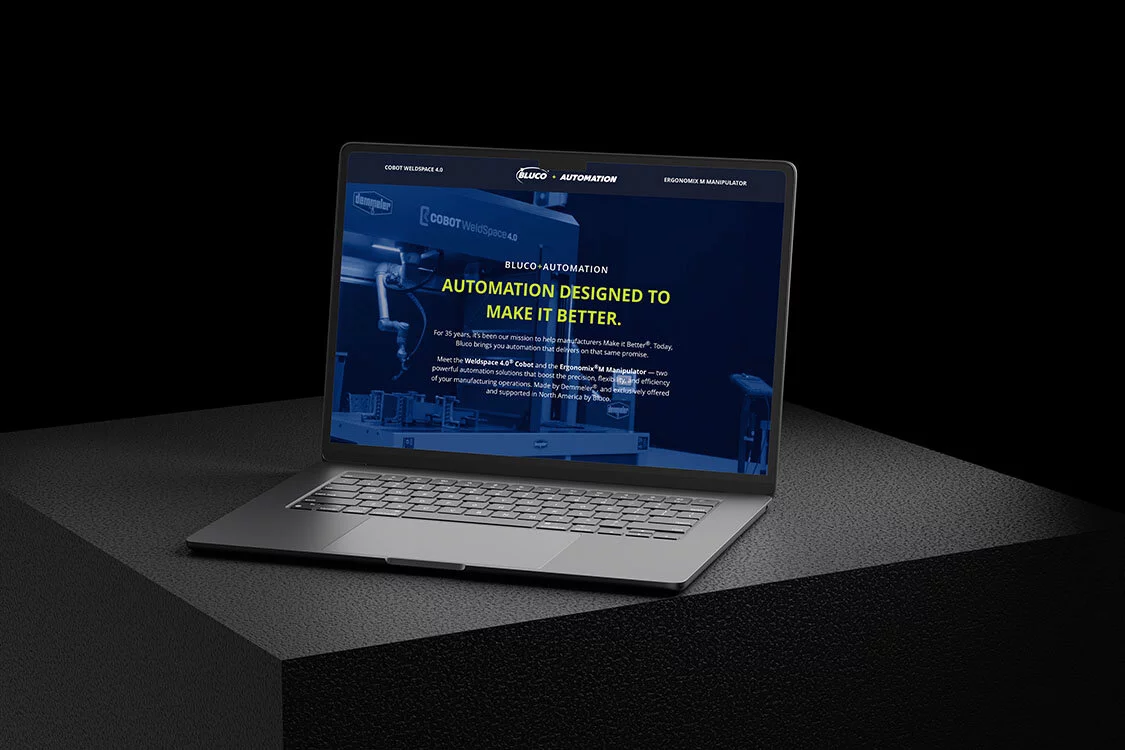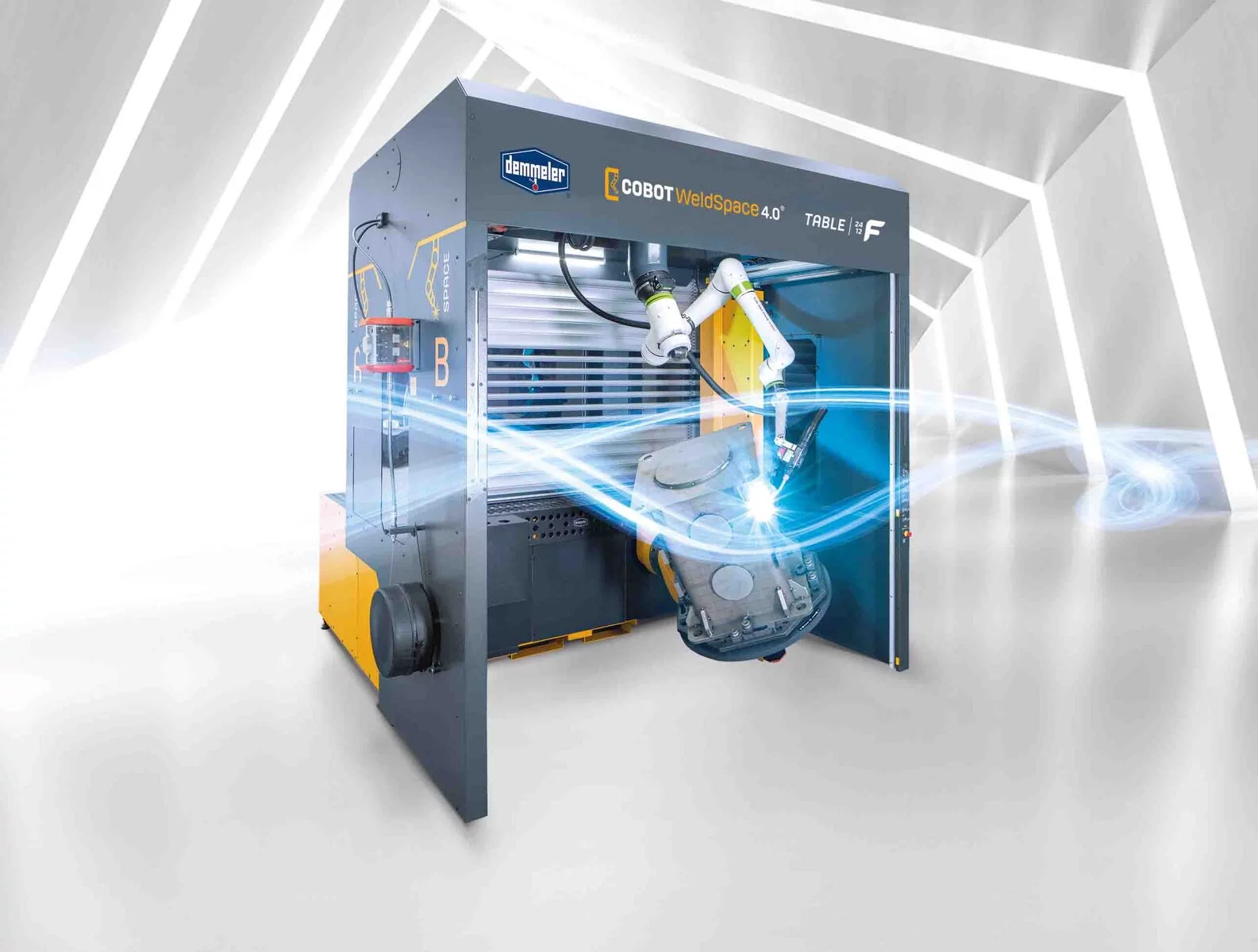Modular Training for the Next Generation
Bluco provides the tools educators need to train America’s future welders in the Heartland
In my mind, anybody that’s not training on these modular setups is going to be left behind. There’s no way to achieve the same type of quality welds that modular setups deliver.
WALTER QUASCHNICK, WELDING INSTRUCTOR
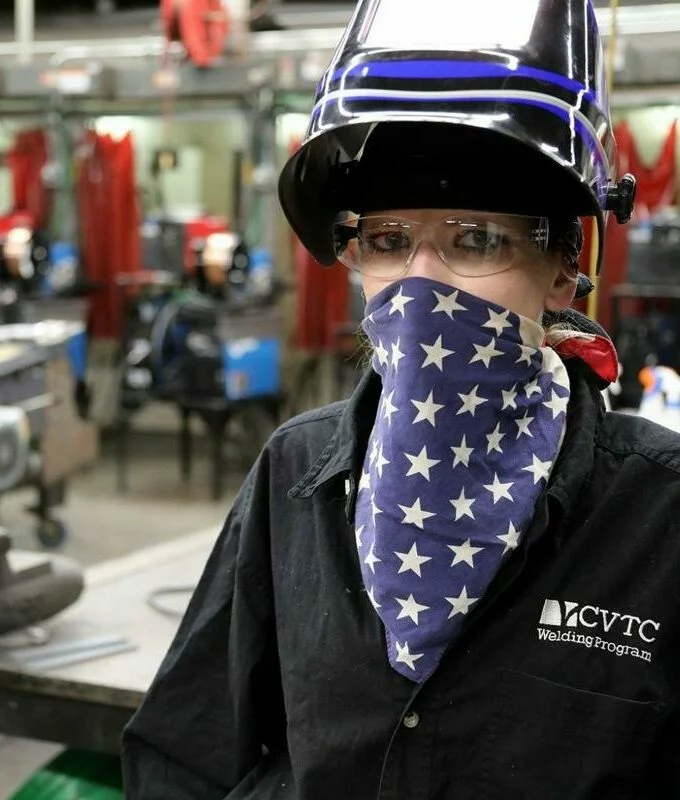
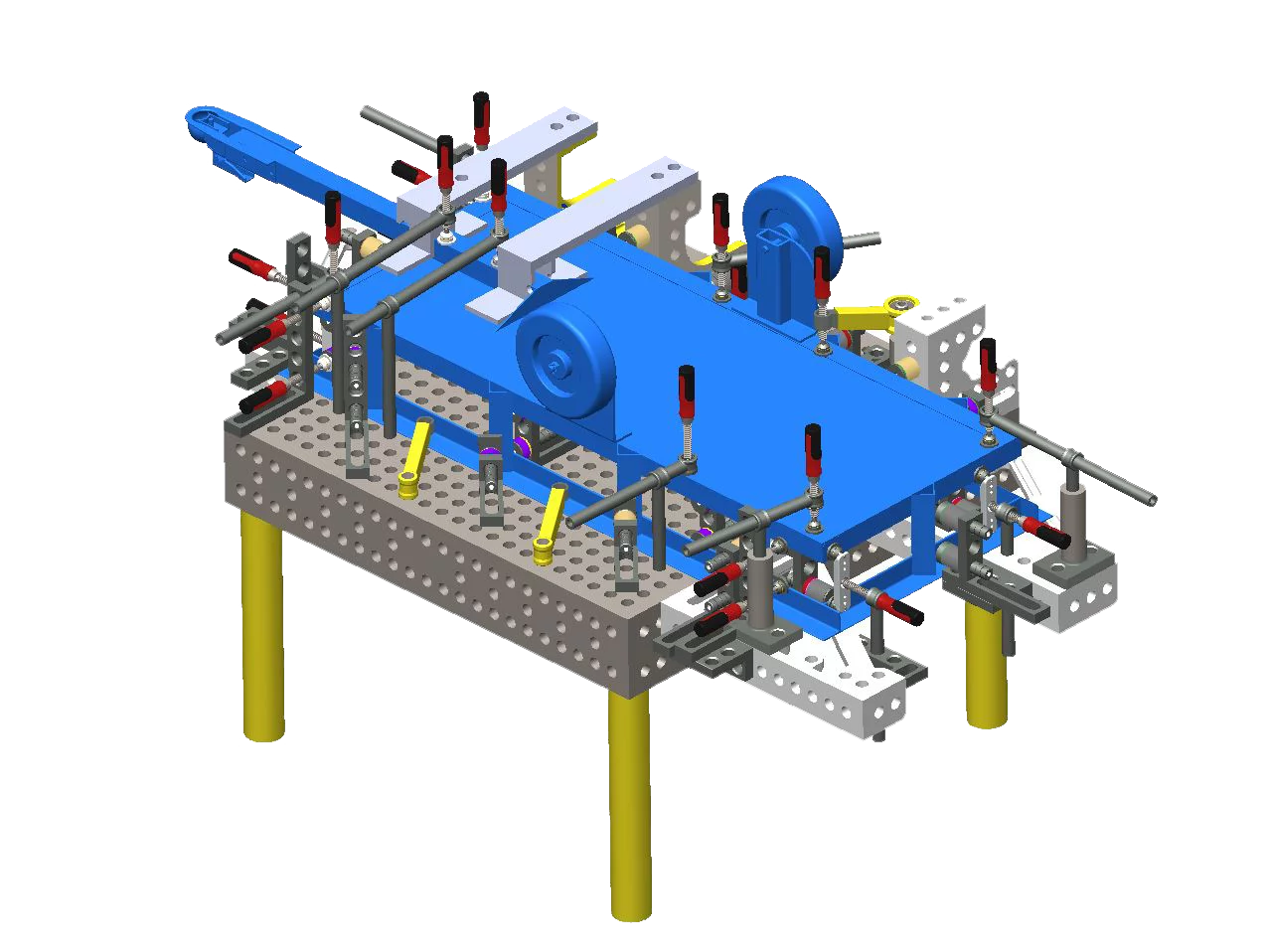
New Curriculum, New Uses for Modular Solutions
This year marked another step forward for the welding program: the completion of a coursework review known as a DACUM (short for “developing a curriculum”). During the process, the job requirements for today’s welders were analyzed, and a list of the knowledge, skills, tools and equipment needed to train for new aspects of the job was developed.
As a result, the school added a class called Advanced Processes in Fixturing. The class teaches students to build advanced fixtures from CAD models. They also do head-to-head testing against other fixturing methods. “We build homemade fixtures and modular fixtures, and then compare and contrast them,” says Quaschnick.
Their first experiment – building a simple table – has already yielded results (see images above). “You can see how simple that traditional fixture is. But it took them two to three times longer to build than it took for the Bluco fixture,” says Quaschnick. “They’ve gravitated to the Bluco table because it’s a lot faster to set up,” he says.
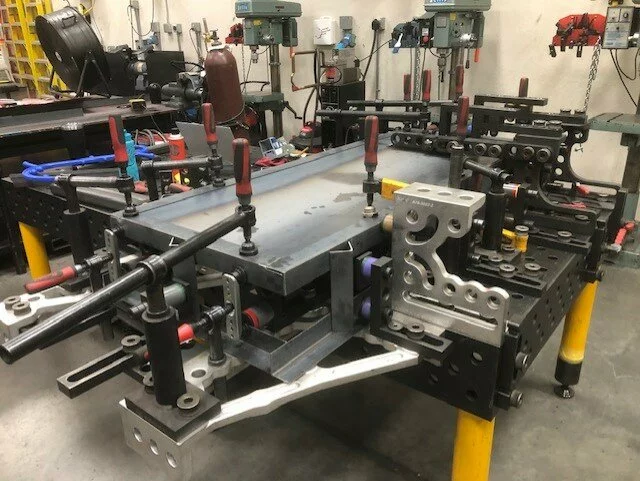
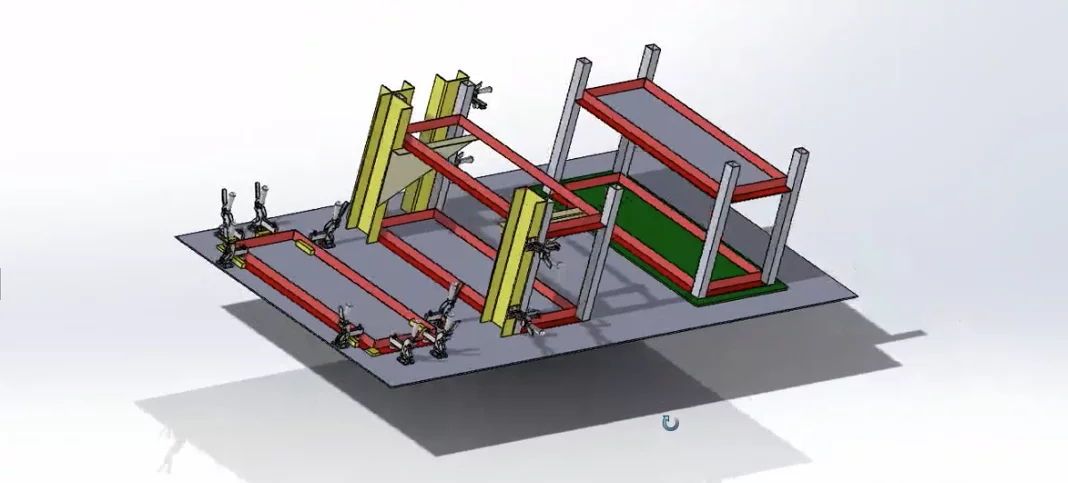
“A student walked up to me the other day and said, ‘What is this stuff?’ I explained and he asked, ‘When can I play with it?’ I told him as soon as he joins our two-year program. He got really excited and wanted in. So in a way, it’s almost been a recruitment tool for us too.”
–WALTER QUASCHNICK
Modular Helps Students Move Toward Industry 4.0
CVTC is also teaching students how to fixture for automation. So Quashnick asked Bluco to design a third modular solution for use in front of a robotic welding cell. Senior Sales Engineer Todd Bennett spearheaded the project.
“What CVTC is doing mirrors what we’re seeing companies in every industry doing,” says Bennett. “They’re discovering that efficiency doesn’t begin and end with a robot. When you add modular fixturing to the mix, you get the quick changeover and repeatability that robots need to produce results,” he adds.
Robotics are what Quaschnick is all about, and he’s excited to see what students will learn with modular fixturing in the mix. The first project will be a park bench. The fixture will be tacked on the Bluco table, and then welded by the robot. “The goal is to introduce the idea of Industry 4.0 – to replicate and build efficiently and with precision standards,” he says.
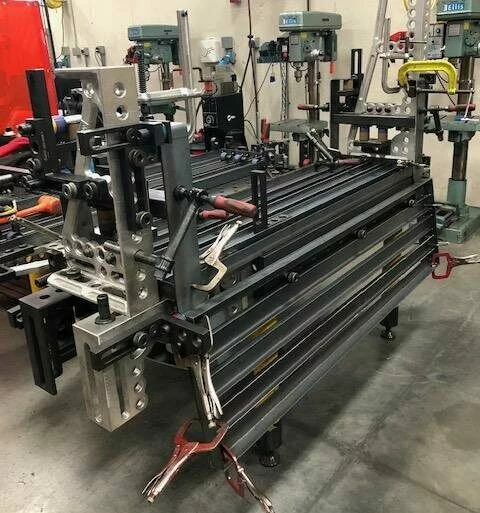
Dr. Jeff Sullivan, Dean of Manufacturing, STEM and IT, is also proud of what’s going on in the lab, and the opportunities it opens up for his students.
“It’s industry 4.0 — that’s what we’re doing here,” says Dr. Sullivan. “A digital twin is being made that allows the students to make modifications virtually, without putting everything together and then realizing something didn’t go the way they wanted it to. This represents what’s going on in the industry,” says Dr. Sullivan.
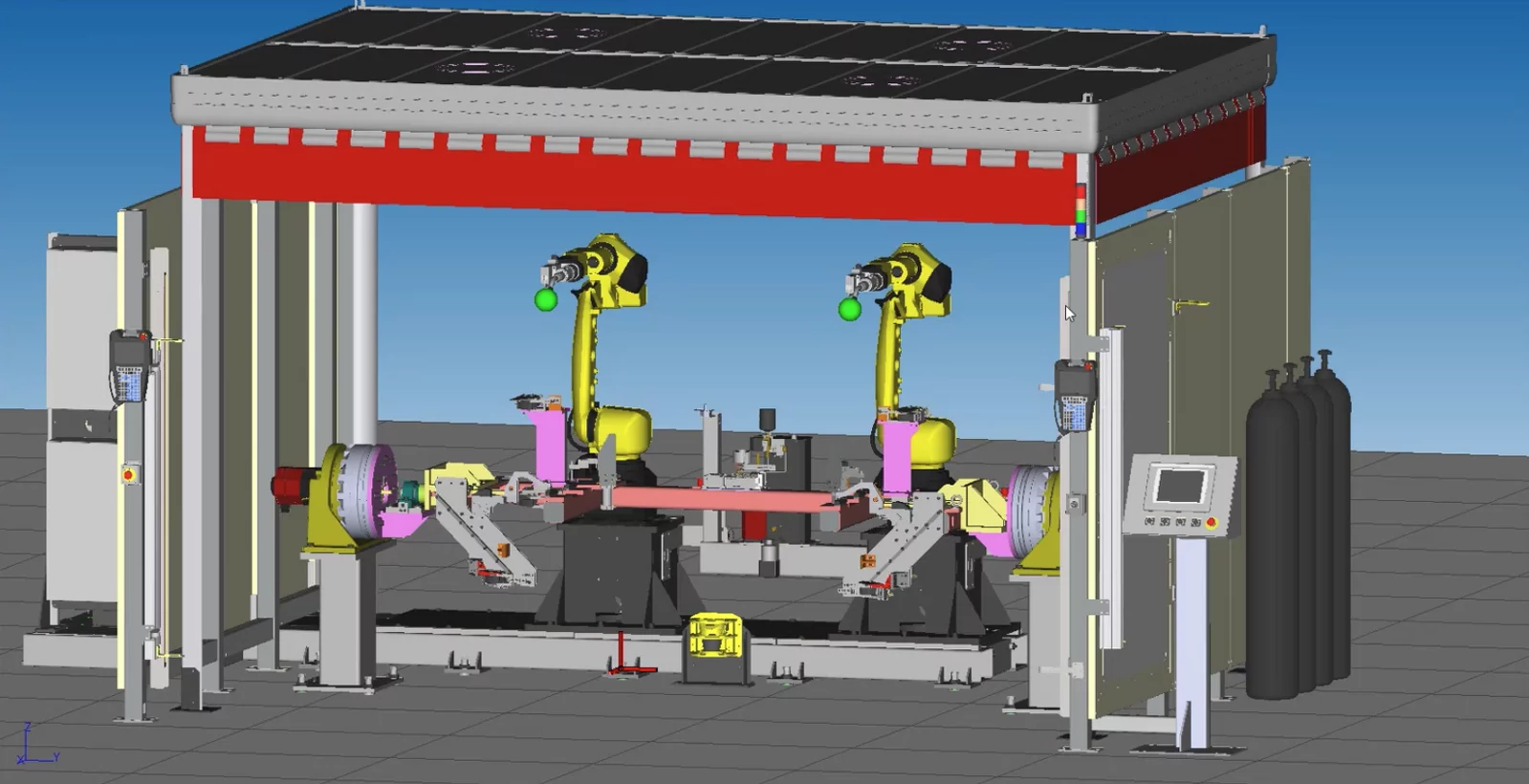
Quality Counts
With the added efficiency and time-savings that students are able to get out of modular fixtures combined with automation, Quaschnick is careful not to lose sight of what really matters: quality. He finds that Bluco’s tight tolerances and repeatable precision help his students learn how to deliver that quality. “That’s what Bluco does for us, because you’re working with spacers that are down to a ½ mm. So when students can take that table and set it up, and the part automatically comes out perfectly built and square – students are just really happy with that,” he says.
Looking to the Future
As for what the future holds, Quaschnick has big ambitions. “I’d like to order a table a year for the next few years. That’s my hope,” he says. Quaschnick and Sullivan will work with CVTC’s Advisory Committee to get it done. “They keep an eye on what the industry is looking for. If we do things based on industry needs, there will be a place for our students in the job market,” says Dr. Sullivan. And it’s paying off. “As a college, our placement is one of the top in our state. Our employers know what they’re getting when students come out of here,” he says.
Students are also looking forward to what the future holds for them at CVTC. “A student walked up to me the other day and said, ‘What is this stuff?’,” says Quaschnick. “I explained and he asked, ‘when can i play with it?’ I told him as soon as he joins our two-year program. He got really excited and wanted in.”
Bluco has some thoughts on the future, too: we can’t wait to see what the students coming out of this program are able to accomplish, and we wish this year’s CVTC graduates all the best. Go Make it Better, Class of ‘21!
